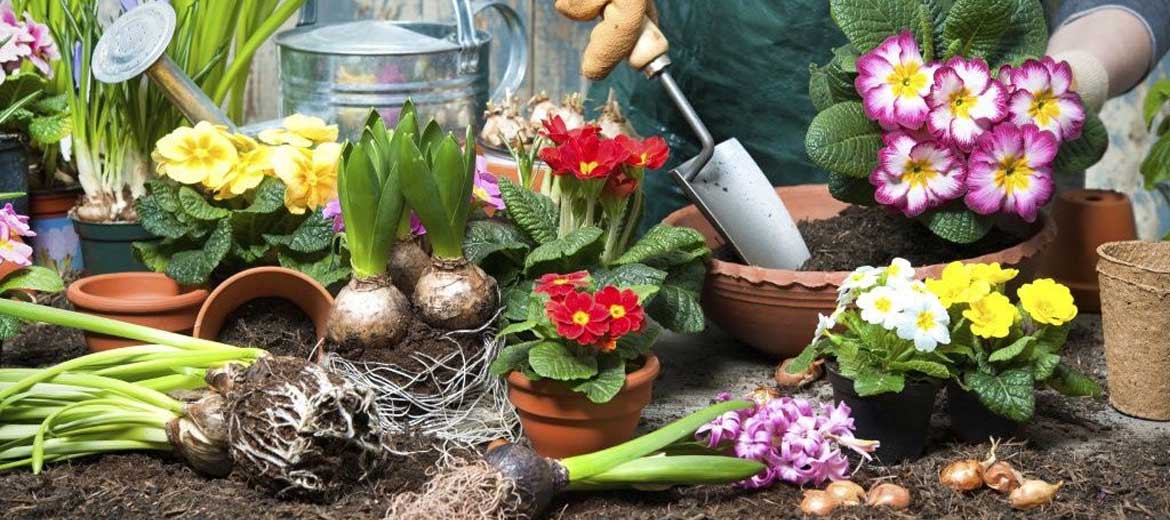To be good gardener, you ought to understand the plants you grow. How they bloom, when they bloom, flower, and fruit; the kind of harvesting they need, exposing them to chemicals vs. nourishing them with organic manure, and so on and so forth. Little doubts that those who understand their gardens grow them the best! We will discuss a few points to keep in mind while gardening during summers.
Timings to Tend to Your Garden: Spend time in the garden tending to your plants either early in the morning or a little late in the evening when sun goes down. Whatever that needs to be done, whether it is watering the plants, cutting the stems, plucking leaves, flowers, fruits, whatever… the best time is when the sun is not on your head. Come indoors when sun is outdoors. It will protect you and save you energy and sun burn. Start early if you have to or leave it for the evening.
How Much Water Enough? During summers one thing is certain that you need to water your plants consistently. Plus be rightly informed about how much and how often should you water your plants. For example, when the leaves of some plants like Basil or pumpkin look wilted during afternoon it simply is the indicator of the fact that they may not necessarily be thirsty but can’t absorb soil moisture as fast as it evaporates during this time when the sun is high. On the other hand gingers are better indicators of dry soil, because they roll their leaves when thirsty or stressed. You should examine your soil to see if they really need water because if you go on watering the plants more than they require it, they will not flower, fruit or even worse the continued moisture is also likely to give rise to inflection.
Mulch: Mulching means to cover your plant bed with compost, old dry leaves, etc. These will help to hold moisture for longer. It will help during summers, as it will keep soil wet and active.
Keep an Eye on Infestation: Keep a close watch on plants so as to avoid pests and infestation of any kind before it grows. Besides removing bugs you find on the plants, one more option is to use light covers to keep the bugs from your plants.
Plan Your Shades Intelligently: Coming back to the same topic where we started, that unless you understand your plants you can’t do this one! With some plants you need not worry about shade, no matter how bad the summer some plants will be fine, whereas with some indoor or delicate vines and plants, a few hours under the sun and you will notice their leaves wilting, sulking, and drying. You can also place a few plants in the shade of the tree if your house has a proper garden. Plants in the shade of each other do great. Protecting your plants from the heat of setting sun, i.e. the western sunrays will also work great! The vegetable and flower seedlings you have recently planted will need a bit of sun hardening. If you shelter them 50 per cent with the green shade cloths available, or old net curtains, even dead palm fronds, or leafy branches for a week or two, it tends to work.

